10 Fun Activities That Secretly Teach Your Kids Life Skills
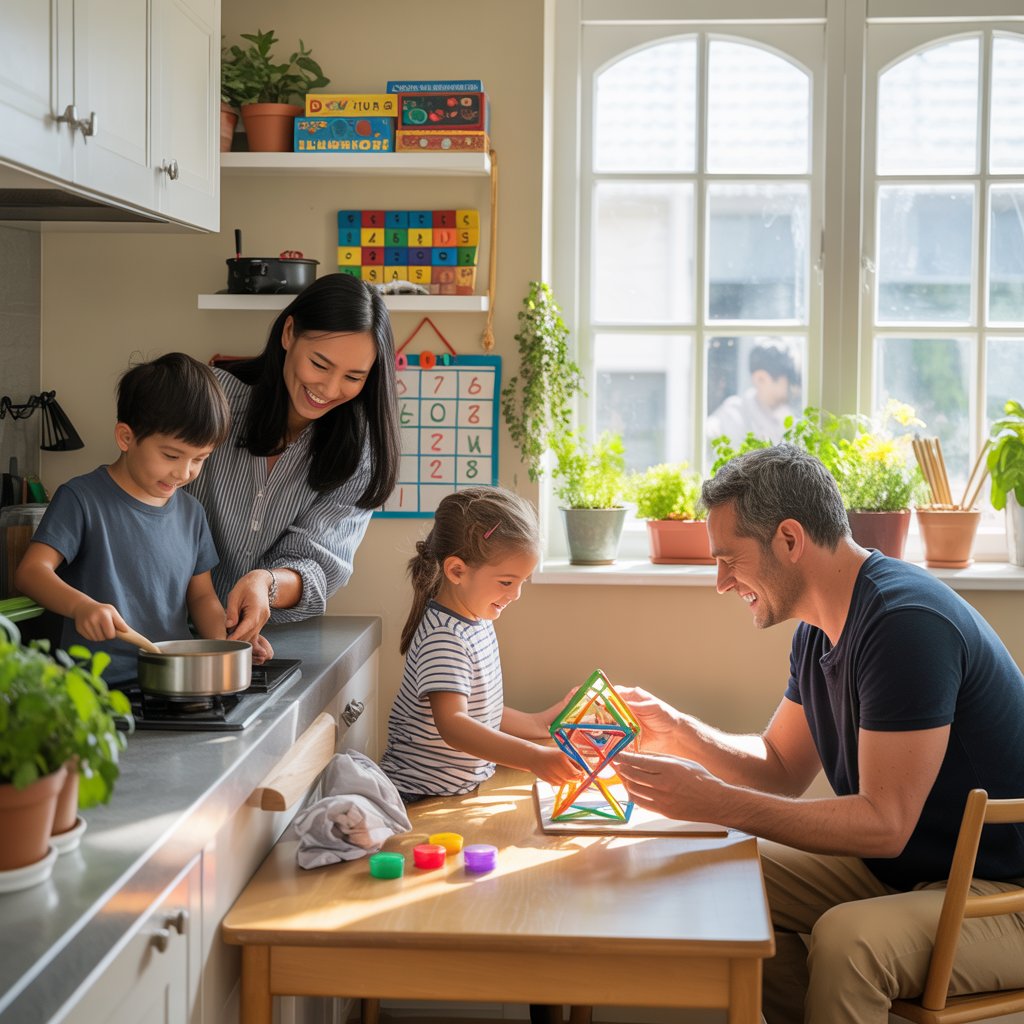
Ever watched your kid build a Lego tower with laser-like focus for 45 minutes while they can’t sit still for 5 minutes of homework? That’s not a coincidence—it’s psychology.
What if those fun activities could secretly build the life skills they’ll need as adults? From budgeting to conflict resolution, kids absorb more during play than we realize.
Parents everywhere are discovering that teaching kids life skills doesn’t require flashcards or lectures—just intentional fun. The trick is knowing which activities deliver the biggest developmental bang for your buck.
I’ve tested these 10 stealth-learning activities with my own reluctant learners, and the results shocked me. The fourth one completely transformed our morning routine battles.
Cooking Adventures: Tasty Ways to Teach Measurement and Planning

Mini Chefs: Simple Recipes That Build Math Skills
Kids love messing around in the kitchen, but they don’t realize they’re actually doing math when they help you cook. Measuring cups and spoons are basically fractions in disguise! Start with simple recipes like cookies or pancakes where they can count, measure, and see how fractions work in real life.
“Mom, is 1/3 cup bigger than 1/4 cup?” These are the questions that make math click. When they double a recipe, they’re multiplying. When they split a batch in half, they’re dividing. Sneaky, right?
Try setting up a cookie assembly line and ask: “If we need two chocolate chips per cookie and we’re making 12 cookies, how many chips do we need?” Boom—multiplication in action!
Grocery Shopping: Budget lessons
Hand your kid a $20 bill and a shopping list. Watch the magic happen! They’ll quickly learn to compare prices, calculate cost per unit, and make trade-offs.
“We only have $5 left and we need fruit. Should we get the expensive berries or more bananas for the same price?”
Create a weekly meal planning challenge where they help decide what to cook based on a set budget. They’ll learn to:
- Compare prices between brands
- Calculate the cost per meal
- Make decisions about quality versus quantity
- Understand the value of planning ahead
These skills transfer directly to adult budgeting, but they think they’re just helping pick dinner!
Kitchen Science: How Cooking Teaches Chemistry Basics
The kitchen is basically a chemistry lab where you can eat the experiments! When kids see baking soda and vinegar create bubbles in their cake batter, they’re witnessing an acid-base reaction.
Making homemade ice cream teaches them about freezing points and how salt lowers the freezing temperature of ice. Cooking an egg shows protein denaturation—big words for simple concepts they can see and taste.
Try this: make caramel with your kids and talk about how heat changes sugar molecules. Or whip cream into stiff peaks and explain how air molecules get trapped in fat.
The best part? These science lessons come with a delicious reward!
Cultural Cuisine: Expanding Palates While Learning About Geography
“Tonight we’re traveling to Thailand!” Cooking dishes from around the world opens kids’ minds to different cultures without leaving your kitchen.
Making homemade pasta becomes a lesson about Italy. Preparing tacos teaches them about Mexico. Each meal can come with a mini geography lesson about where these foods originated.
Create a world map for your kitchen wall and add pins for each country’s cuisine you try. Challenge kids to research one interesting fact about that country before dinner.
Picky eaters often become more adventurous when they’ve helped prepare unfamiliar foods. They develop pride in their cooking skills and curiosity about the world—all while chopping, stirring, and tasting their way across continents.
DIY Craft Projects: Creative Problem-Solving in Action
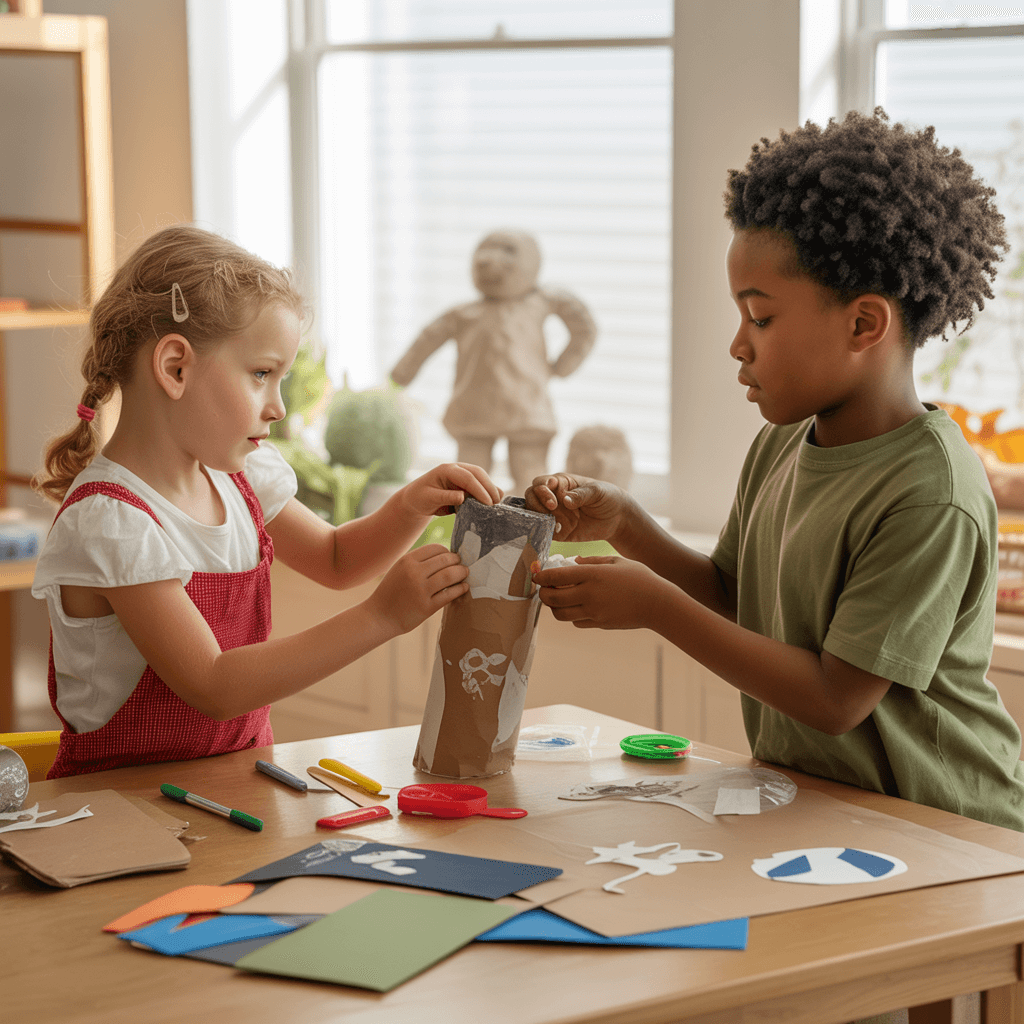
Upcycling Challenges: Turning trash into treasure
Who knew that empty cereal boxes could transform into robots, or that egg cartons make perfect mini-greenhouses? Kids love turning nothing into something, and upcycling is your golden ticket to teaching resourcefulness.
Next time you’re about to toss that paper towel roll, hand it to your child instead. Ask them “What could this become?” The look on their face when they create a telescope or a secret message holder is priceless—and they’re learning to see possibilities where others see garbage.
Try this: Collect clean “trash” for a week. Then challenge your kids to create something useful. They’ll start thinking about materials differently and develop creative problem-solving muscles they’ll use forever.
Building Projects: Following instructions and spatial reasoning
Have you noticed how kids who struggle to clean their rooms can somehow follow LEGO instructions perfectly? That’s because they’re motivated!
Simple building projects teach kids to:
- Read and follow step-by-step directions
- Visualize 3D objects from 2D plans
- Measure twice, cut once (with your supervision, of course)
Start with a birdhouse kit and work up to more complex projects. When they mess up (and they will), resist fixing it. Instead ask, “How could we solve this problem?” That’s where the real learning happens.
Sewing Basics: Patience and fine motor development
Kids have tiny fingers perfect for threading needles (once they practice a bit). Begin with a simple button repair or a felt stuffed animal. The concentration on their faces as they make those first stitches is something to behold.
Sewing teaches kids to:
- Focus on repetitive tasks
- Plan ahead (Cut twice, measure once? Not in sewing!)
- Complete multi-step projects
My 8-year-old started with basic stitches and now mends her own clothes. The pride she feels fixing her favorite pants instead of throwing them away? Absolutely worth the occasional pricked finger.
Art with Purpose: Creating gifts that teach generosity
When kids make gifts instead of buying them, magic happens. They consider what someone else might like—developing empathy and thoughtfulness.
Perfect gift projects include:
- Hand-painted picture frames
- Personalized bookmarks
- Scented play dough in fancy containers
- Custom decorated cookies
These homemade treasures teach kids that the most meaningful gifts come from effort and thought, not just money. Plus, they learn to derive joy from giving, not just receiving.
Craft Failures: Embracing mistakes as learning opportunities
The Pinterest-perfect craft rarely happens on the first try. But that dried-out clay sculpture that looks nothing like a dinosaur? That’s your child’s first lesson in resilience.
When crafts go wrong (and they will), resist the urge to fix them. Instead, celebrate the mess! Ask, “What did we learn?” or “How could we do it differently next time?”
One mom I know keeps a “Beautiful Oops” shelf where failed projects become starting points for new creations. Her kids now see mistakes as beginnings, not endings—a mindset that will serve them well beyond the craft table.
Gardening Adventures: Growing Responsibility One Plant at a Time
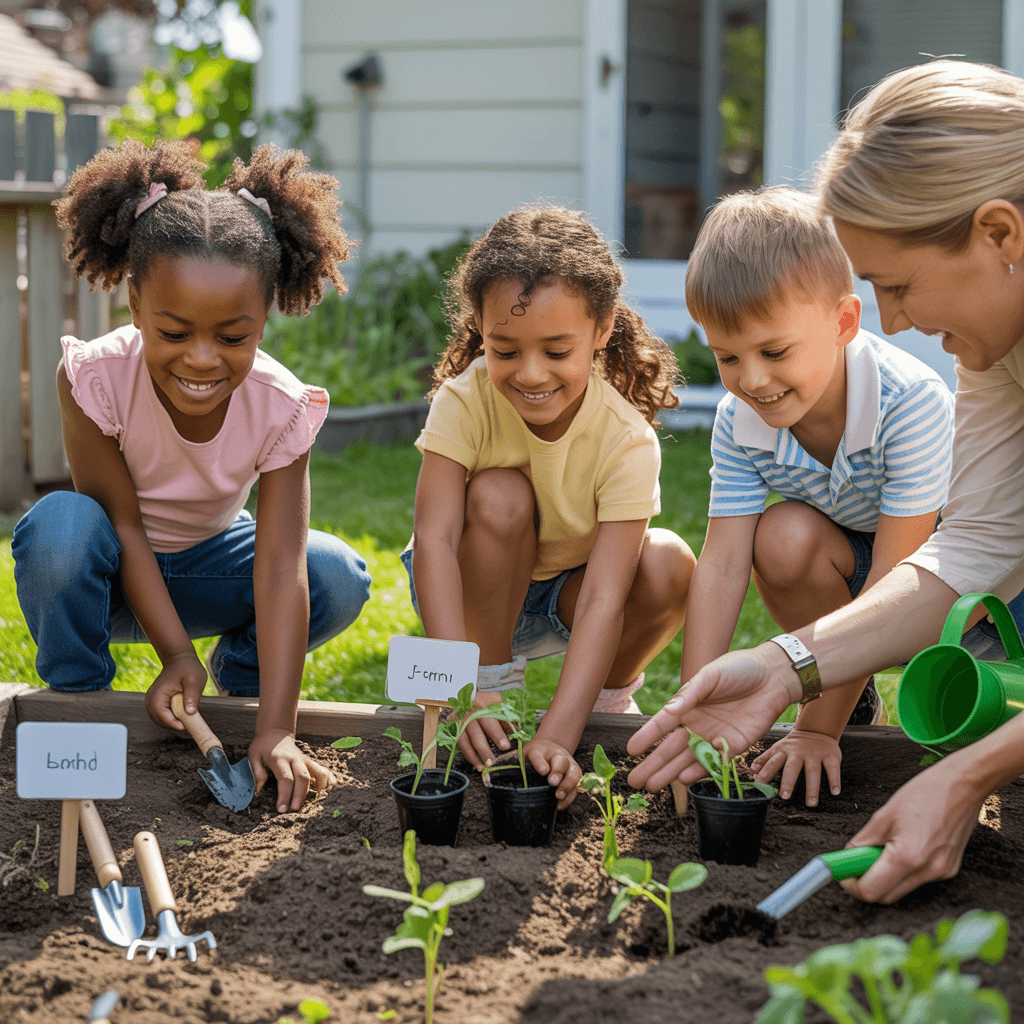
Seed to Table: Understanding Food Sources and Nutrition
Ever noticed how kids who grow their own tomatoes suddenly want to eat them? That’s no accident. When children plant, tend, and harvest their own food, they develop a connection that no grocery store trip can match.
My neighbor’s picky eater transformed into a veggie enthusiast after growing his first cucumber. The pride of creation is a powerful motivator!
Getting your hands dirty in the garden teaches kids where food actually comes from. Many children think vegetables magically appear in supermarkets. Gardening shatters that illusion and builds a foundation for healthier eating habits.
Try this: Let your kids choose one new vegetable to grow each season. Document the journey from seed packet to dinner plate with photos. You’ll be amazed at their willingness to try their “baby” carrots or lettuce.
Garden Planning: Learning Patience and Delayed Gratification
In our instant-everything world, gardens move at nature’s pace. No rush orders or express shipping here!
Kids learn quickly that no amount of staring at soil makes seeds sprout faster. This natural lesson in waiting pays dividends far beyond the garden.
Start with fast-growing options like radishes (ready in 25 days) alongside slower growers. This gives kids quick wins while teaching them to wait for bigger rewards.
The planning stage itself builds critical thinking: “If we plant these tomatoes here, will they shade the peppers too much?” Children practice thinking ahead and considering consequences – skills they’ll use daily as adults.
Weather Watching: Natural Science Through Plant Care
Gardens make perfect real-world science labs. When that unexpected frost threatens your seedlings, suddenly weather patterns matter!
Kids become amateur meteorologists, checking forecasts and learning to recognize cloud formations. They’ll notice how plants respond differently to rain versus tap water, or how morning sun differs from afternoon rays.
Turn garden challenges into experiments: “Our lettuce looks wilted. Is it too much water or not enough? Let’s test both and see what happens!”
This hands-on approach beats textbook learning every time. Children absorb complex concepts like photosynthesis, water cycles, and ecosystems while simply trying to keep their sunflowers standing tall.
Game Night: Social Skills and Strategic Thinking
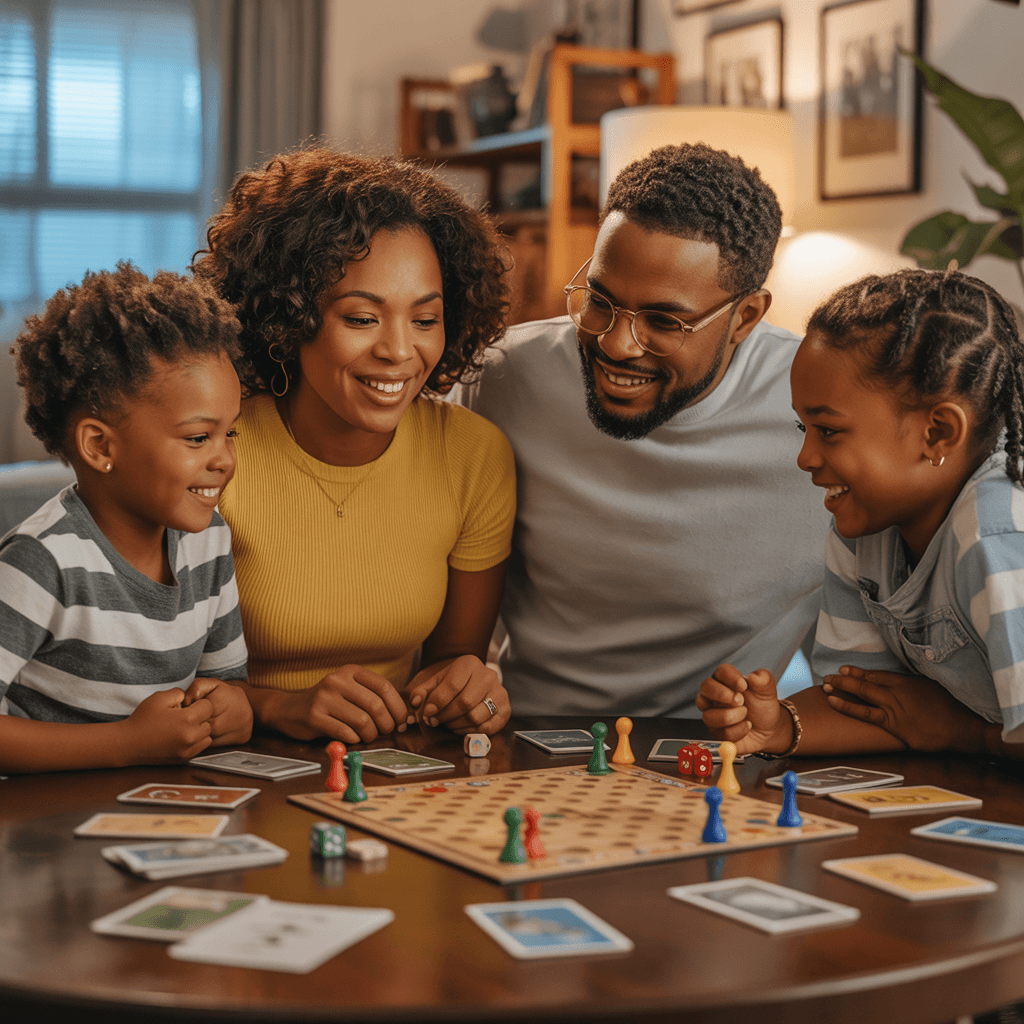
Board Games: Taking Turns and Following Rules
Game night isn’t just about fun—it’s a sneaky skill-building session! When kids play board games, they’re actually practicing patience (waiting for their turn), respecting boundaries (following rules), and dealing with disappointment (not everyone wins Monopoly).
Next time your 6-year-old tries to “forget” it’s someone else’s turn, remember this is the perfect teaching moment. “That’s how we learn to wait our turn in the grocery line too!” Simple connections like this help kids see the real-world applications.
Card Games: Math Skills and Probability Lessons
Ever notice how quickly kids learn to add when playing Uno? Or how they suddenly understand percentages when figuring out their chances of drawing the card they need?
Card games are math teachers in disguise. Whether they’re counting points in Go Fish or calculating odds in Poker (with candy, not cash!), kids absorb number concepts without realizing they’re learning.
My neighbor’s daughter struggled with basic addition until they started playing War regularly. Two months later? Math homework wasn’t a battle anymore.
Cooperative Games: Teamwork and Communication Practice
Games like Pandemic and Forbidden Island flip the script on competition. Everyone works together or everyone loses—just like in real life.
These games teach kids to:
- Express ideas clearly
- Listen to others’ strategies
- Compromise when plans conflict
- Celebrate group success over personal glory
Creating New Games: Rule-Making and Creative Thinking
The ultimate level-up? Having kids invent their own games. This unleashes creativity while teaching the complexity of creating fair, playable rules.
Start with modifying existing games—”What if in Candy Land, landing on blue means you have to tell a joke?”—then graduate to creating games from scratch. You’ll be amazed at how thoughtfully kids consider balance and playability once they’re in the designer’s seat.
Household Chores Reimagined
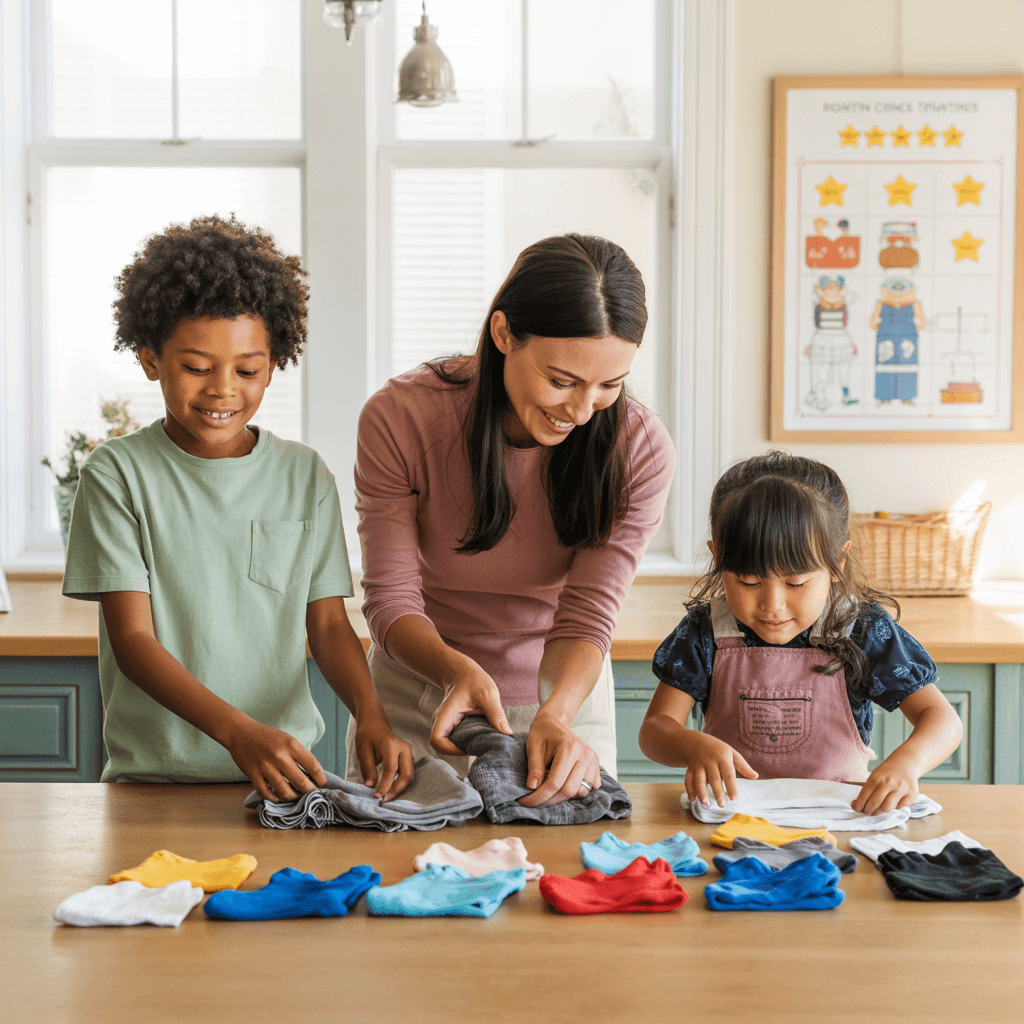
Laundry Olympics: Making sorting and folding competitive
Ever watched your kids sprint away at the mere mention of laundry day? Turn that mountain of clothes into an epic competition they’ll actually beg to join.
My daughter used to hide when the laundry basket appeared until we created the “Sock Matching Marathon.” Now she’s the reigning champion with a record time of 3 minutes flat.
Here’s how to create your own Laundry Olympics:
- Speed folding contests (time them!)
- Color sorting races (who can create the most perfect piles?)
- Sock matching competitions
- Towel folding technique scores
The beauty? While they’re having a blast, they’re learning sorting skills, attention to detail, and the satisfaction of completing tasks.
Cleaning Scavenger Hunts: Finding and organizing clutter
Kids’ rooms looking like a tornado hit? Create a treasure hunt that magically results in a clean space.
Give them a checklist: “Find 5 things that belong in the toy box, 3 books for the bookshelf, and 4 items of clothing for the hamper.” Add time limits to amp up the excitement.
My son turned cleaning into detective work when we started “The Mystery of the Missing Matching Items” game. Now he spots patterns and creates organization systems all on his own.
Bonus tip: Add small rewards (not necessarily material ones) for completing their mission. Extra screen time or choosing dinner works wonders!
Room Makeovers: Budget lessons through redecorating
Kids tired of their same old space? Perfect teaching moment!
Give them a pretend budget of $100 and challenge them to redesign their room. They’ll need to:
- Research costs online
- Prioritize needs vs. wants
- Get creative with existing items
- Make tradeoff decisions
My 10-year-old shocked me when she decided to skip buying new pillows and instead save for a desk lamp she “actually needed for homework.”
Have them create a presentation of their plan complete with a budget breakdown. The pride in their faces when they realize they can transform their space while being money-smart is absolutely priceless.
Outdoor Exploration: Nature’s Classroom
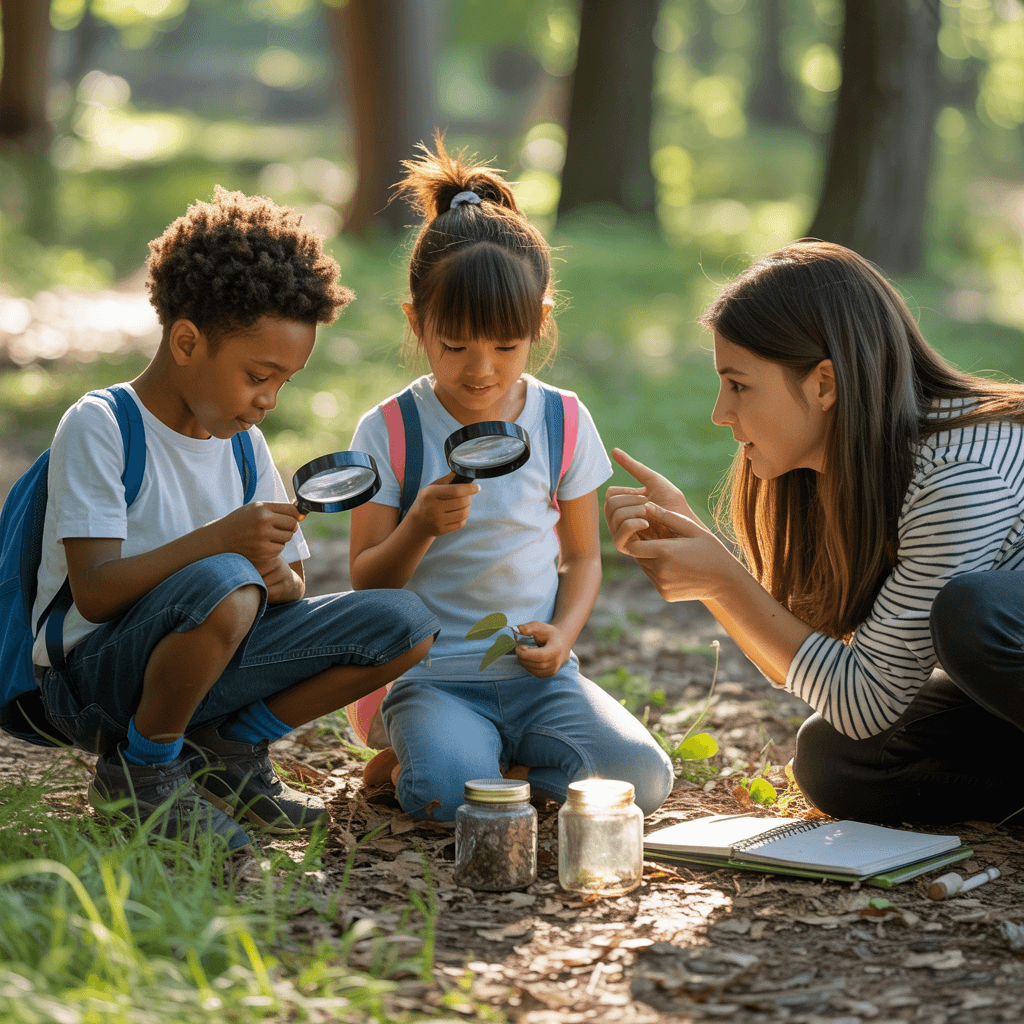
Hiking Adventures: Map reading and navigation skills
Kids don’t need to know they’re building life skills while having a blast in nature. Take hiking, for example. That trail adventure? It’s secretly a master class in navigation.
Hand your child a simple trail map and watch the magic happen. “Can you figure out which path gets us to the waterfall?” Suddenly they’re learning spatial awareness without even realizing it.
Try this: mark landmarks on a map before you go, and have them check off each discovery. That fallen tree? Checkpoint one! The weird-shaped rock? You’re on the right path!
My neighbor’s 8-year-old now leads their family hikes after just three “map detective” outings. She proudly announced, “Mom, we need to turn left at the big pine tree” during their last adventure.
Backyard Science: Observing ecosystems and weather patterns
Your backyard is basically a free science lab. No fancy equipment needed.
Set up a simple weather station with a rain gauge (or just a plastic cup), wind sock (old ribbon tied to a stick works fine), and a notebook. Daily recordings turn into pattern recognition skills and data analysis.
The coolest part? Kids start connecting dots. “It rained yesterday and today all the worms are out!” That’s ecosystem understanding happening right before your eyes.
My son spent three weeks tracking squirrel behavior in our oak tree and predicted—correctly—when they’d start collecting acorns for winter. He didn’t realize he was developing observation skills that will help him throughout life.
Survival Skills: Basic outdoor safety and preparation
Teaching kids to pack their own “adventure bags” isn’t just fun—it’s teaching planning and preparation.
Make it a game: “What five things would you need if we got lost in the woods?” Their answers reveal their thinking patterns while teaching crucial safety concepts.
Start simple with basics like:
- Water bottle
- Snack
- Whistle
- Small flashlight
- Band-aids
One dad I know created a backyard “survival challenge” where his kids had to build a simple shelter using a tarp. Now his daughter automatically checks weather forecasts before any outing.
These aren’t just outdoor skills—they’re life skills wearing hiking boots. And your kids will just think they’re having fun.
Financial Literacy Through Play
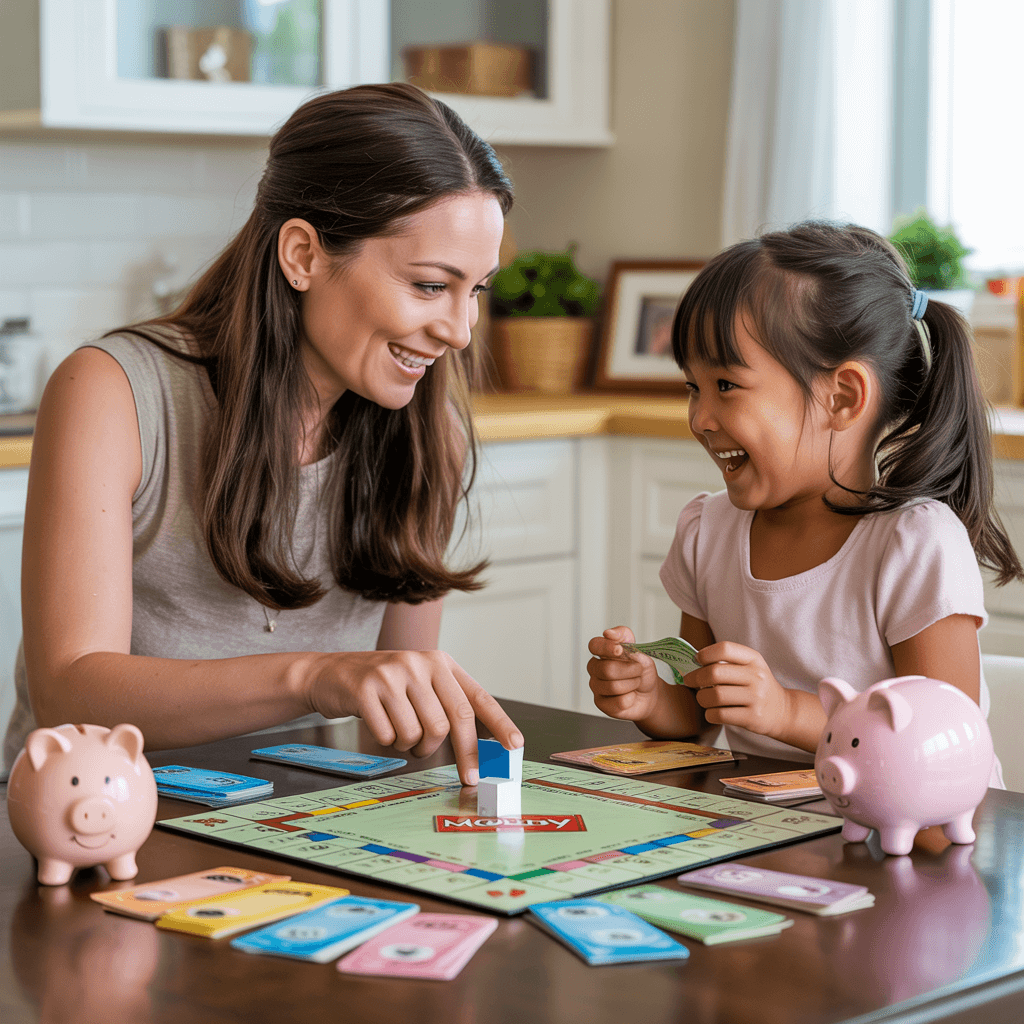
Kid-Friendly Budgeting: Setting up allowance systems
Money doesn’t grow on trees—and your kids need to know that! Starting an allowance system is like giving them training wheels for adult finances.
Here’s how to make it work: Pick an amount that makes sense for your family—maybe $1 per year of age each week. Then decide what that money needs to cover. Is it just for fun stuff? Does it include saving for bigger items?
Create three jars labeled “Spend,” “Save,” and “Share.” This visual system helps kids understand money management in seconds. When they get their allowance, guide them to divide it up:
- 60% for spending
- 30% for saving
- 10% for sharing
The magic happens when they want something beyond their “spend” money. That’s when the real lessons kick in! They’ll need to save, wait, and maybe even negotiate for extra chores to earn more.
Mini Entrepreneurs: Running simple business ventures
Nothing teaches money value faster than earning it themselves! Help your kids start super simple businesses that spark their entrepreneurial spirit.
The lemonade stand is classic for a reason—it works! But don’t stop there. Depending on your child’s age and interests, try:
- Selling homemade crafts or artwork
- Dog walking for neighbors
- Organizing a garage sale of their outgrown toys
- Plant-sitting when neighbors go on vacation
The key is letting them handle every aspect (with your guidance). They should plan what they need, calculate costs, set prices, market their service, and manage the money afterward.
When my son started selling bookmarks he made from pressed flowers, he was shocked at how quickly supplies ate into his profits. That $5 sale wasn’t pure profit—a lesson many adults still haven’t mastered!
Shopping Challenges: Finding deals and comparing prices
Turn your next shopping trip into a game that teaches serious skills! Before heading to the store, pick a few items your family needs and challenge your kids to find the best deals.
For younger kids, start simple: “Find the cheapest cereal that has less than 5g of sugar.” Older children can handle more complex challenges: “We need spaghetti sauce. Compare brands by price per ounce and ingredients.”
Some fun shopping challenges to try:
- The $10 Meal Challenge: Plan a balanced meal for the family within budget
- Brand vs. Generic Showdown: Buy both and do blind taste tests at home
- Coupon Scavenger Hunt: How much can they save with available coupons?
My daughter once realized the “giant economy size” wasn’t actually cheaper per ounce than the regular size on sale. She felt like she’d cracked a secret code—and she had!
Charitable Giving: Learning compassion through donations
Kids who learn to give develop empathy, perspective, and gratitude—pretty impressive side effects from a simple act!
Start by helping them identify causes they care about. Animal lovers might collect supplies for shelters. Bookworms might gather gently used books for children’s hospitals.
Make giving tangible:
- Count out donation money together
- Deliver items in person when possible
- Read thank you letters as a family
- Look at photos of who they’ve helped
The “share” jar from their allowance system comes in handy here. When it fills up, sit down together and research where to donate. Let THEM make the final decision—ownership matters.
My favorite approach is matching their contributions. When my kids decided to donate $15 from their share jars to the local food bank, I matched it. The food bank explained their $30 would provide 120 meals. Seeing their faces light up with that knowledge? Priceless.
Digital Creation: Tech Skills With Purpose
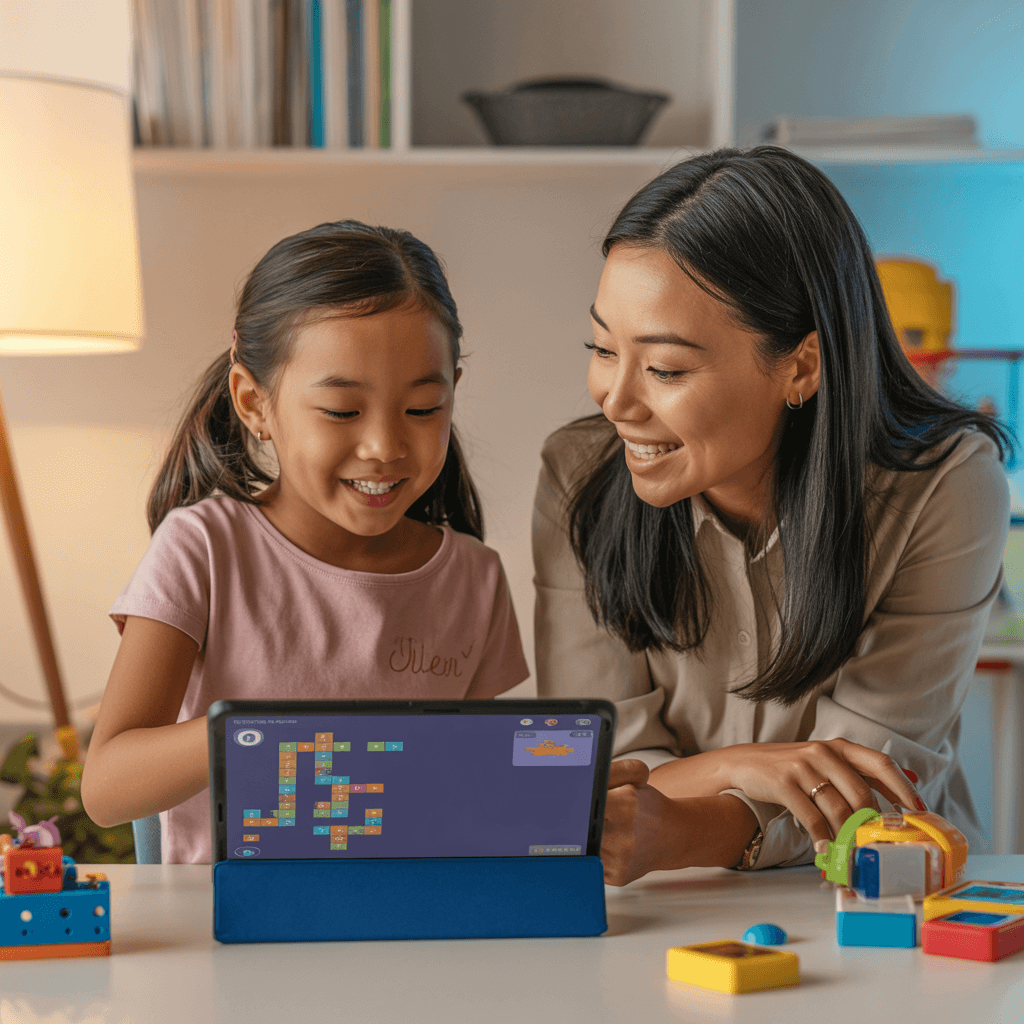
Family Blog: Writing and photography basics
Kids love seeing themselves online (safely, of course). Starting a family blog teaches them so much more than just typing.
My 8-year-old daughter started by taking photos of our camping trip. They were hilariously off-center at first, but she quickly learned composition basics. Now she’s teaching her little brother the “rule of thirds” like she’s been doing it forever.
Begin with simple writing prompts:
- “What was the funniest thing that happened today?”
- “Describe your favorite meal in 5 sentences”
- “Interview a family member about their job”
Photography skills develop naturally when kids have a purpose. Instead of just saying “take better pictures,” tell them “we need a close-up of the cookies we baked for the blog post.”
The magic happens when they see their work published. That little rush of pride when relatives comment on their post? Pure gold.
Simple Coding: Logic and problem-solving through games
Coding isn’t just for computer nerds anymore. My son couldn’t care less about “learning to code” but he’ll spend hours building games in Scratch.
Start with coding games like:
- Kodable (ages 4-10)
- Code.org’s Hour of Code activities
- Tynker’s puzzle challenges
The key is stepping back and letting them get frustrated. When my kid couldn’t figure out why his character wouldn’t move right, he spent 20 minutes troubleshooting. That persistence is worth more than any perfect-score math test.
What they’re really learning: breaking big problems into small steps, testing solutions, and the satisfaction of fixing something broken.
Digital Storytelling: Creating animations or videos
Give a kid a smartphone and some basic editing tools, and you’ll be amazed what they create.
My nephew made a stop-motion LEGO movie that taught him more about planning and patience than any lecture could. He storyboarded it first (hello, organizational skills), then spent three hours moving pieces frame-by-frame.
Easy starter projects:
- A one-minute documentary about a pet
- A how-to video teaching a simple skill
- A stop-motion story using toys or drawings
Apps like Toontastic or even just the built-in editing tools on smartphones are perfect for beginners.
The real benefit? Kids learn to communicate ideas visually and verbally. They think about audience perspective: “Will people understand what’s happening here?” That’s empathy development happening naturally through play.
Travel and Cultural Exploration

Virtual World Tours: Geography through online exploration
Kids are natural explorers, but you can’t exactly book a flight to Egypt on a Tuesday afternoon because your 8-year-old is suddenly fascinated by pyramids. Virtual world tours bridge that gap perfectly!
Fire up Google Earth with your kids and play “Where in the world?” Pick a famous landmark and let them navigate there. When my daughter first “flew” to the Great Wall of China, her jaw literally dropped. She spent the next week drawing pictures of it and asking questions about who built it.
Museums worldwide offer amazing virtual tours too. The Louvre, Smithsonian, and British Museum have kid-friendly online exhibits that make art and history come alive without the dreaded museum meltdowns.
Pro tip: Make it interactive! Create a virtual passport and stamp it after each “country” they visit. Ask questions like “What would you pack if we were really going there?” or “What foods do you think people eat there?”
Cultural Cooking: International recipes and traditions
Nothing teaches geography quite like eating your way around the world! Pick a country your kids are curious about, find a simple recipe, and get messy in the kitchen together.
Making sushi rolls taught my kids more about Japanese culture than any book could. They learned patience (rolling those things is hard!), respect for food presentation, and why people bow in Japanese culture.
Start simple:
- Mexican night: Build-your-own tacos
- Italian adventure: Homemade pizza with regional toppings
- Indian exploration: Naan bread with mild curry
While cooking, share fun facts about the country. “Did you know in India, many people eat with their hands instead of forks?” My son thought this was the coolest thing ever.
Language Games: Basic phrases and cultural appreciation
Kids soak up languages like sponges! Teaching them basic phrases from different countries isn’t just fun—it builds cultural awareness and brain connections.
Create a “Word of the Day” challenge. Start with simple greetings—”Bonjour,” “Hola,” “Konnichiwa”—and use them all day. My kids now dramatically greet each other with “Ciao!” while pretending to be Italian chefs.
Turn it into a game:
- Label household items in different languages
- Learn to count to ten in five different languages
- Practice ordering imaginary food in a new language
Duolingo and other kid-friendly language apps make this even easier. My daughter now proudly counts to twenty in Spanish, all because a cartoon owl made it feel like a game rather than learning.
Community Field Trips: Learning about different professions
Your neighborhood is packed with learning opportunities disguised as fun outings! Local field trips expose kids to different careers and cultures without expensive travel.
Visit your local fire station, bakery, or community garden. The bakery owner down the street showed my kids how bread is made in different countries, and they were fascinated by how something so simple connects people worldwide.
Cultural festivals and community celebrations offer immersive experiences too. We attended a Lunar New Year celebration where my kids tried calligraphy, tasted new foods, and watched traditional dances.
Call ahead to local businesses and ask if they offer behind-the-scenes tours. Many are happy to show kids how things work, especially during off-peak hours. My son still talks about watching the mechanics fix cars at our local garage.
Physical Play With Purpose
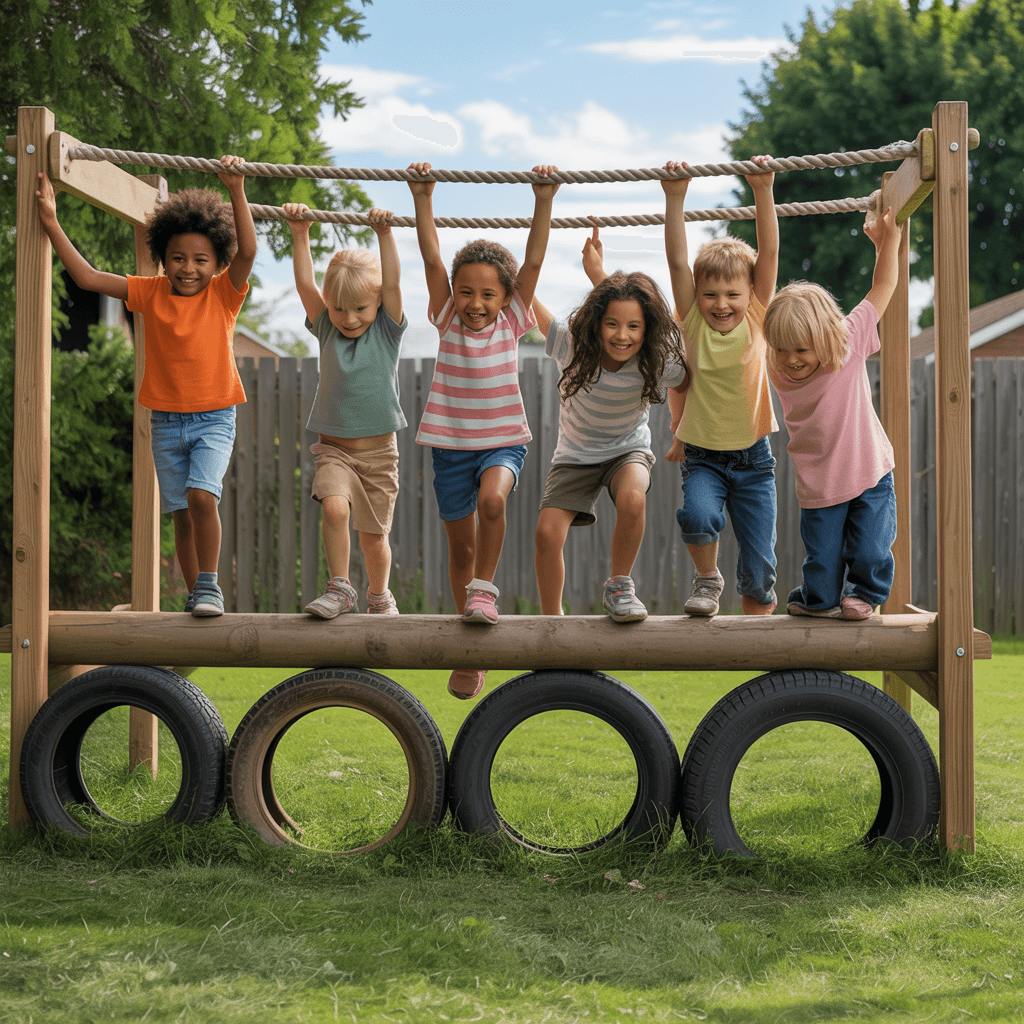
A. Obstacle Courses: Planning and physical coordination
Remember when you made that couch cushion fort as a kid? That’s the starting point for amazing obstacle courses that teach your kids way more than just how to jump and crawl.
Set up a simple backyard course with hula hoops to jump through, pool noodles to step over, and a balance beam made from a plank of wood. Watch your kids light up as they navigate the challenges.
But here’s the cool part – have them help design it. Ask, “What should come after the crawling section?” or “How could we make this part harder?” When kids plan their own obstacles, they’re actually practicing:
- Spatial awareness
- Sequential thinking
- Problem-solving on the fly
My daughter spent 20 minutes figuring out how to arrange our dining chairs as “lava rocks” before even starting to play. That planning muscle is pure gold.
B. Dance Parties: Following sequences and creative expression
Turn up the music and watch the magic happen! Dance parties aren’t just about burning energy (though they definitely do that).
Create simple dance routines with 3-4 moves and have your kids mirror you. Then let them add their own move to the sequence. Before you know it, they’re memorizing patterns and expressing themselves creatively.
My favorite approach? Freeze dance with a twist. When the music stops, call out an emotion for them to express: “Show me excited!” or “Show me disappointed!” Kids learn to recognize feelings while having a blast.
Try these dance party boosters:
- Animal-inspired moves (can you hop like a frog? Stretch like a cat?)
- Props like scarves or ribbons for sensory exploration
- Recording and watching their routines afterward
C. Sports Adaptations: Creating inclusive games for all abilities
Standard sports rules can be tough for little ones. The beauty is in the adaptation!
Transform classic games into something everyone can enjoy. Playing soccer? Make the goal wider, use a bigger ball, or let younger kids use hands. The point isn’t perfect technique but building confidence and inclusion.
We created “kitchen basketball” during rainy days using a laundry basket and rolled-up socks. My son, who struggled with throwing, practiced for hours because it was just plain fun.
Some quick adaptations that work wonders:
- T-ball instead of pitched baseball
- Beach balls instead of volleyballs
- “Walking only” versions of tag for mixed age groups
When kids help create these adaptations, they’re learning empathy and fairness – skills that transfer far beyond the playing field.
D. Yoga and Mindfulness: Emotional regulation and body awareness
Kids aren’t naturally wired to “calm down” on command. Yoga gives them physical tools to manage big feelings.
Start with animal poses – what kid doesn’t want to be a roaring lion or a slithering snake? My son’s kindergarten teacher uses “balloon breathing” where kids lie on their backs and watch stuffed animals rise and fall on their bellies as they breathe.
Make it playful:
- Create yoga stories where each pose connects to the next
- Practice partner poses for cooperation
- Use “body weather reports” where kids describe how their bodies feel
The real superpower here is teaching kids to recognize tension in their bodies. My daughter now says “my shoulders feel stormy” when she’s stressed – that body awareness at age 6 is something many adults haven’t mastered!
E. Playground Physics: Understanding science through motion
Playgrounds are basically science labs in disguise. That swing set? It’s teaching pendulum motion. The slide? Gravity and friction.
Ask simple questions while playing: “Why do you go faster on the steeper slide?” or “What happens if you pump your legs higher on the swing?”
Turn it into experiments:
- Time how long different objects take to slide down the slide
- Count how many pushes it takes to get the merry-go-round spinning
- Build ramps of different heights for toy cars

My favorite playground science moment was when my 4-year-old realized she could throw a ball higher by starting with it lower to the ground. She discovered potential energy all on her own, with zero flashcards involved!
Raising children who are capable, confident, and resourceful doesn’t have to feel like another chore on your to-do list. By incorporating these ten engaging activities into your family routine, you’re not just creating fun memories—you’re building a foundation of essential life skills. From measuring ingredients during cooking adventures to learning patience through gardening, these seemingly simple activities are powerful teaching tools in disguise.
The beauty of these skill-building opportunities lies in their everyday accessibility. Whether your family enjoys digital creation, outdoor exploration, or cultural adventures, there’s a natural way to develop everything from financial literacy to social intelligence. Remember, the most impactful learning happens when children are having too much fun to notice they’re developing crucial capabilities that will serve them throughout their lives. So embrace the mess of craft projects, the questions during nature walks, and the laughter during game night—you’re raising capable humans one enjoyable activity at a time.

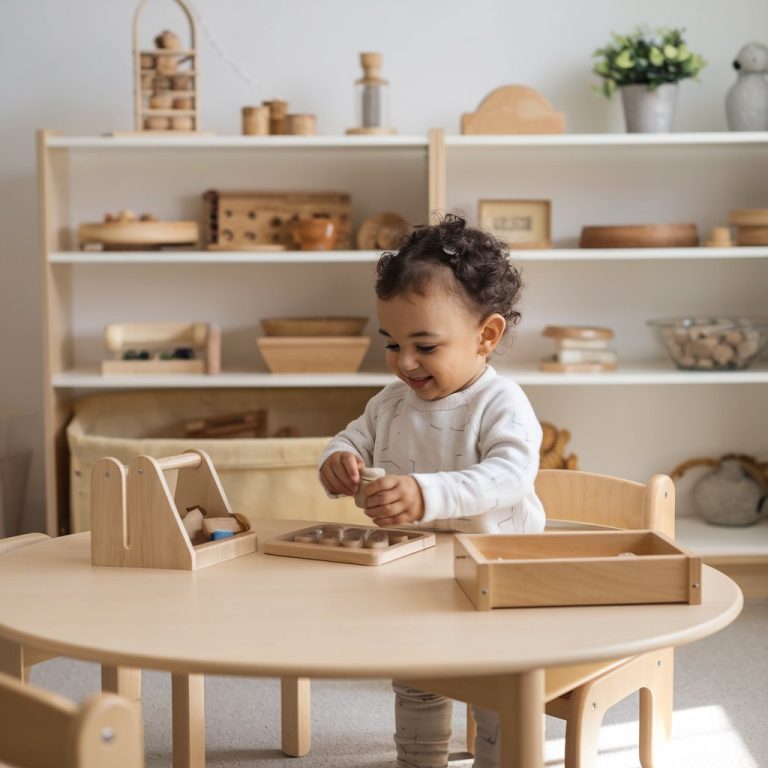

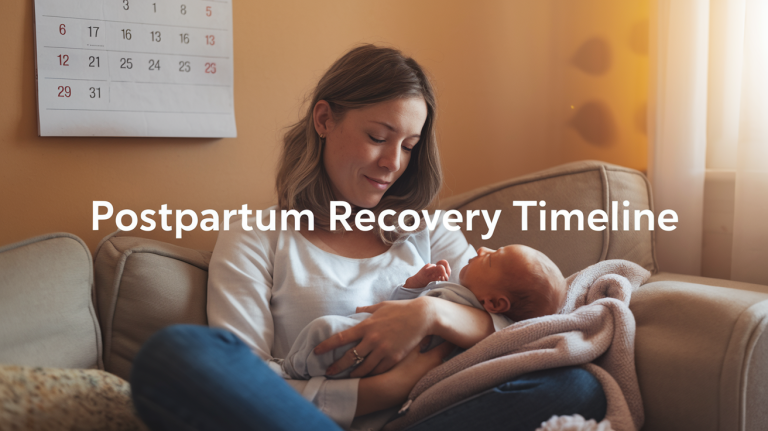


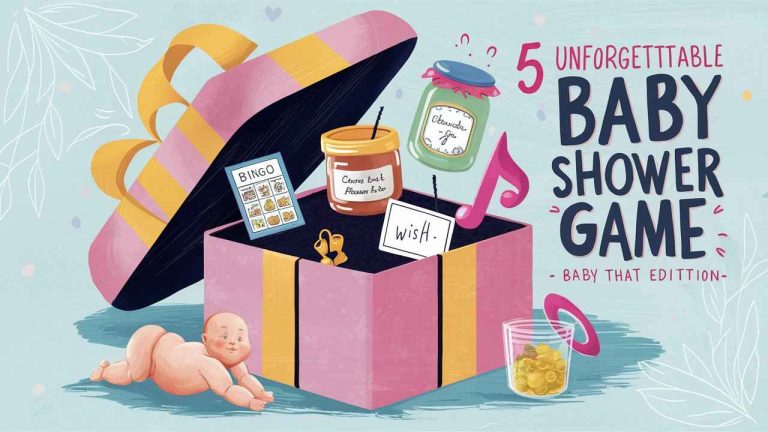
My partner and I absolutely love your blog and find almost all of your post’s to be precisely what I’m looking for. Does one offer guest writers to write content for yourself? I wouldn’t mind producing a post or elaborating on most of the subjects you write in relation to here. Again, awesome blog!
Hello. magnificent job. I did not expect this. This is a great story. Thanks!
Having read this I thought it was very informative. I appreciate you taking the time and effort to put this article together. I once again find myself spending way to much time both reading and commenting. But so what, it was still worth it!
whoah this blog is great i love reading your articles. Keep up the good work! You know, lots of people are searching around for this info, you can help them greatly.
Thanks for sharing superb informations. Your web-site is so cool. I am impressed by the details that you have on this blog. It reveals how nicely you perceive this subject. Bookmarked this website page, will come back for more articles. You, my friend, ROCK! I found simply the information I already searched everywhere and just couldn’t come across. What an ideal site.
Magnificent site. Plenty of helpful information here. I am sending it to several friends ans also sharing in delicious. And of course, thank you in your sweat!